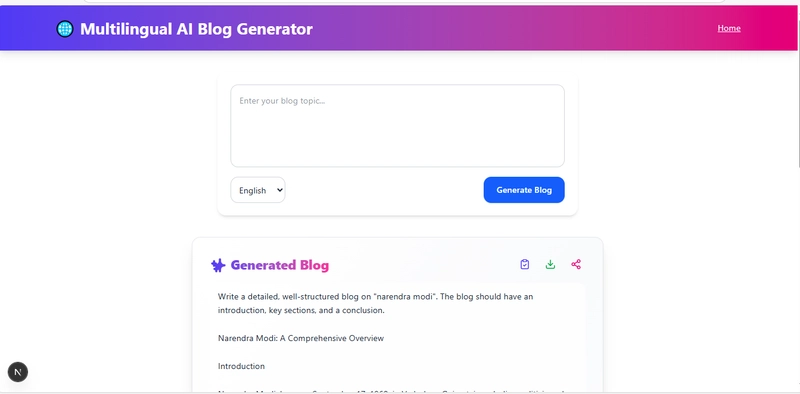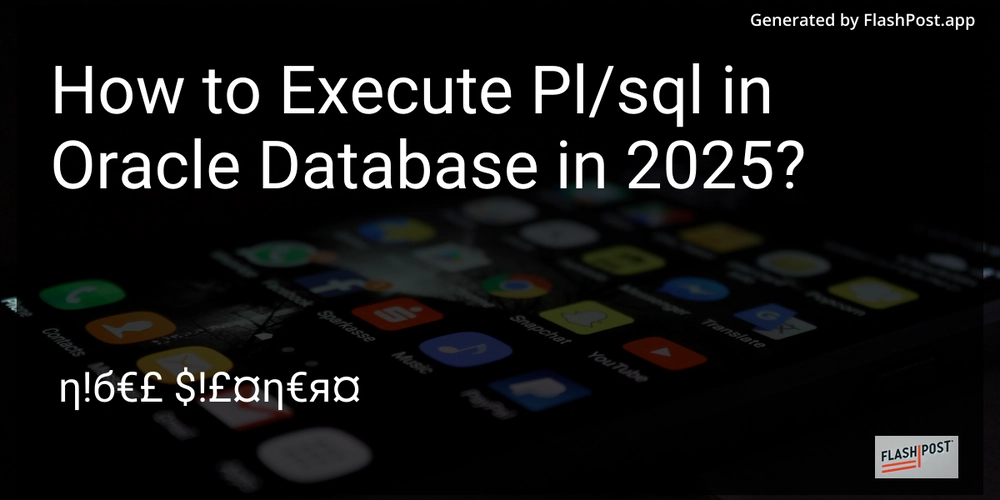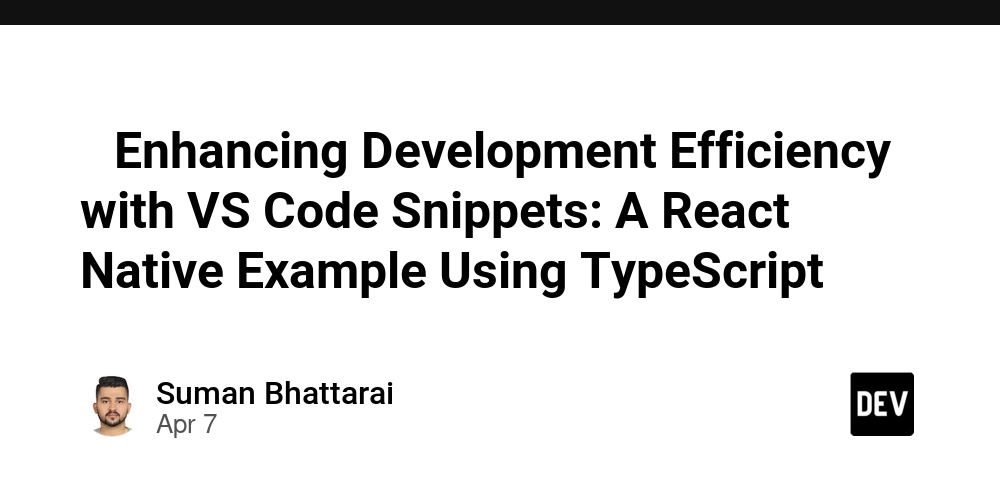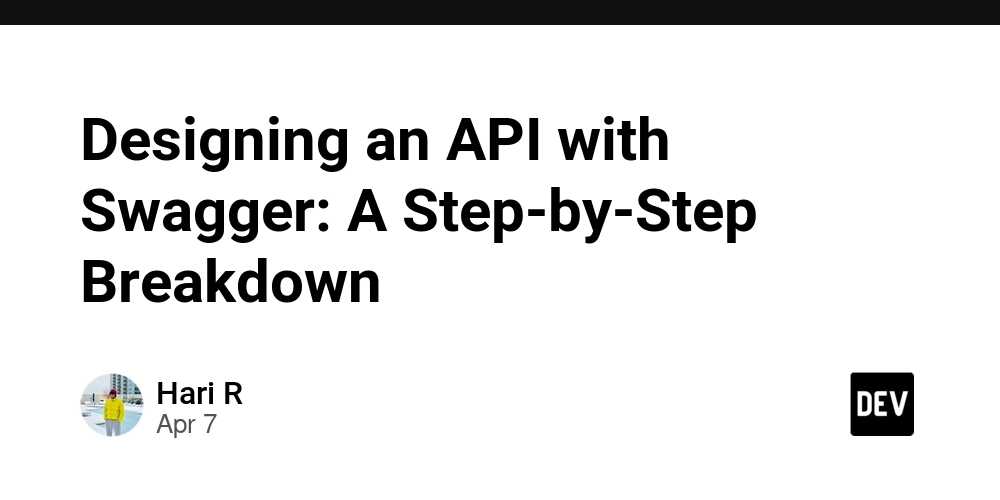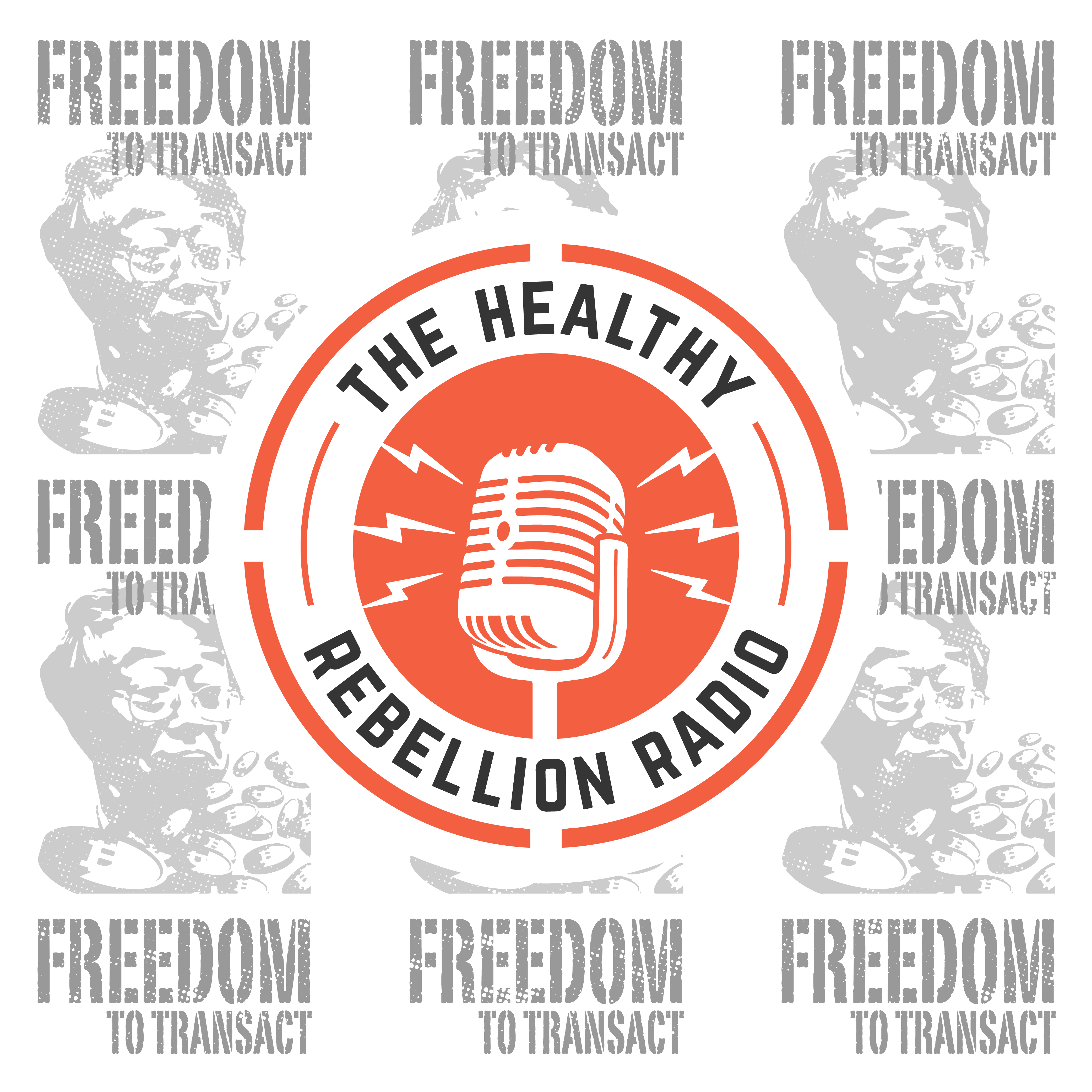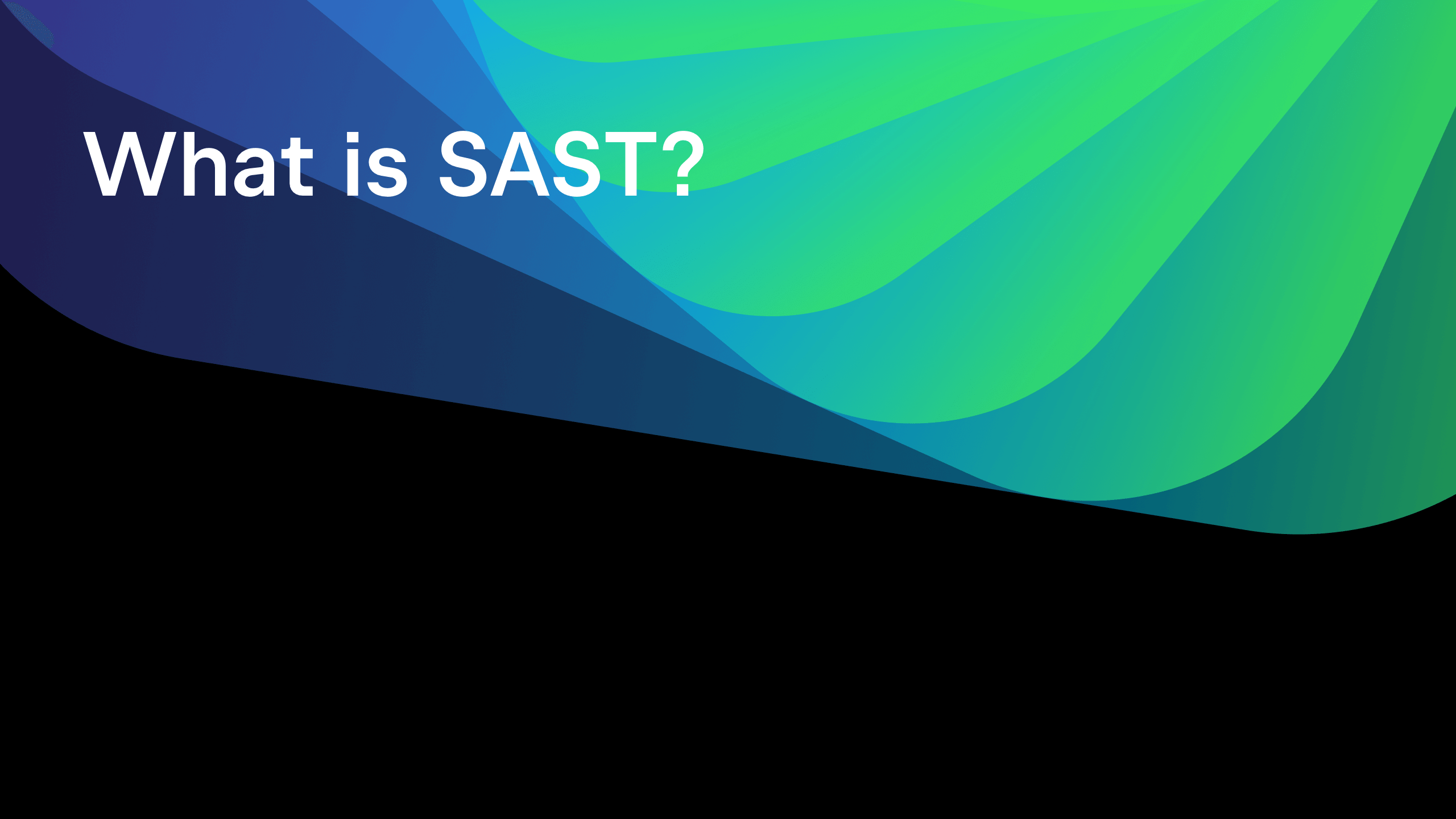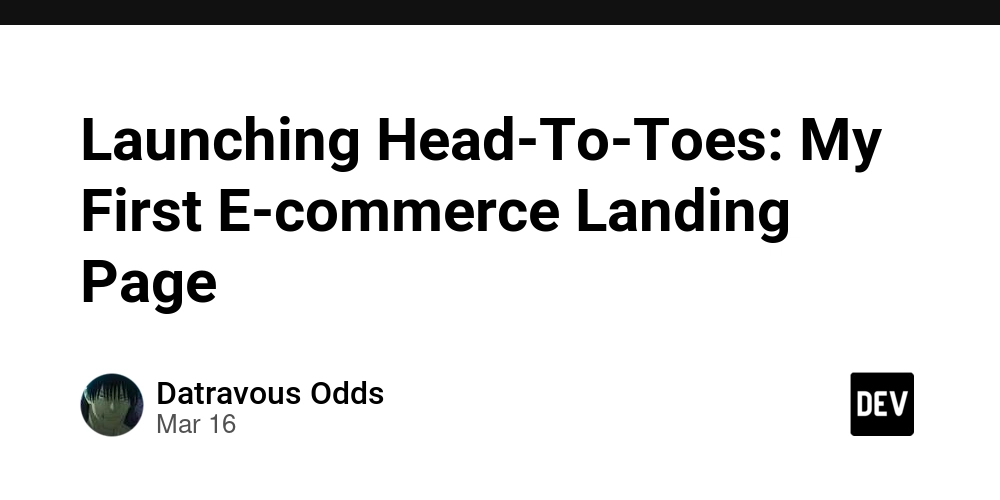Open Source Developer Revenue Streams and Income Strategies: Harnessing Blockchain, NFTs, and Open Source for Sustainable Growth
Abstract: This post explores evolving revenue streams and income strategies for open source developers by blending time-tested models with modern innovations. We delve into sponsorships, consulting, dual licensing, hosted services, and crowdfunding, while also exploring blockchain integration and NFT monetization. With clear definitions, detailed use cases, and a discussion of challenges and opportunities, this post shows how open source projects can achieve financial sustainability without sacrificing their core values. Introduction The open source movement has long been the backbone of technological innovation, driven by collaboration and the free exchange of ideas. Yet, as projects grow in complexity, developers face increasing challenges in compensating their work. New trends in blockchain and NFTs have transformed traditional revenue models. Today, open source developers can tap into various income streams—ranging from sponsorships and consulting to dual licensing and hosted services—while also integrating cutting-edge blockchain-based monetization. This post uncovers how these strategies work together to empower developers, preserve the spirit of open source, and create sustainable growth. In our discussion, we will naturally incorporate keywords like open source developer revenue streams, income strategies, blockchain integration for open source, NFT monetization, dual licensing, and open source funding models. With a technical yet accessible narrative, we aim to make this post both clear for human readers and optimized for search engines. Background and Context The Open Source Evolution Open source software initially emerged as a movement built on the principles of sharing and collaboration. Early developers openly exchanged code, using permissive licenses such as the MIT or Apache licenses to facilitate cooperation. As the community grew, so did the commercial and enterprise reliance on open source software. This made the need for sustainable funding models imperative. Defining the Ecosystem Today, open source developers are recognized not just as contributors but also as innovators who drive the digital economy. As their contributions underpin modern infrastructures—from cloud computing to blockchain networks—the reliance on community support has evolved. Traditional volunteer-based models are giving way to diversified revenue strategies such as: Sponsorships and donations Consulting and custom development Dual licensing models Hosted service platforms (SaaS) Crowdfunding campaigns Blockchain and NFT Integration Blockchain introduces transparency and decentralization, aligning with the open ethos. NFT technology provides a novel way to tokenize digital contributions, offering verifiable ownership and new revenue mechanisms. For instance, an exclusive NFT can serve as a “badge” of contribution, which may appreciate in value and foster long-term community engagement. For further context, refer to the original article on Open Source Developer Revenue Streams and Income Strategies. Core Concepts and Features In this section, we break down the primary revenue models that empower open source growth. Sponsorship and Donations One of the most direct forms of revenue for open source developers is through community sponsorships and donations. Platforms like GitHub Sponsors and Open Source Sponsorship enable individual donors and organizations to contribute financially. Key Features: Recurring Revenue: Regular, month-to-month contributions from a loyal supporter base. Community Engagement: Builds trust and reinforces user involvement. Transparency: Public sponsor listings foster accountability. Consulting and Custom Development Leveraging deep technical expertise, developers can offer consultancy services to businesses aiming to integrate open source solutions. This model not only provides substantial income but also promotes advanced application of the software. Advantages: Increased Revenue Potential: High-paying projects from enterprise clients. Enhanced Adoption: Tailored solutions that drive product integration. Strengthened Feedback Loops: Improved software quality through client input. Dual Licensing Dual licensing offers the best of both worlds: a free version for community access and a commercial license for enterprise use. This model enables developers to stay true to the open source spirit while generating revenue from businesses that require premium features. How It Works: Software is available under an open license for community use. Enterprises pay for a commercial version enriched with added features, support, and guarantees. This model helps maintain widespread adoption and real-world usage. For more insights, see the Dual Licensing Approach. Hosted Services and SaaS Models Cloud-based hosted services (SaaS) provide an at
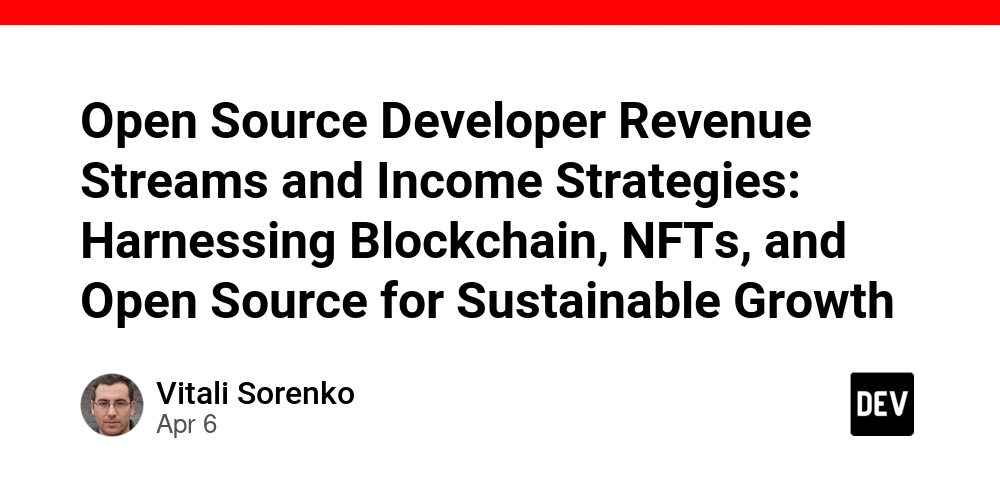
Abstract:
This post explores evolving revenue streams and income strategies for open source developers by blending time-tested models with modern innovations. We delve into sponsorships, consulting, dual licensing, hosted services, and crowdfunding, while also exploring blockchain integration and NFT monetization. With clear definitions, detailed use cases, and a discussion of challenges and opportunities, this post shows how open source projects can achieve financial sustainability without sacrificing their core values.
Introduction
The open source movement has long been the backbone of technological innovation, driven by collaboration and the free exchange of ideas. Yet, as projects grow in complexity, developers face increasing challenges in compensating their work. New trends in blockchain and NFTs have transformed traditional revenue models. Today, open source developers can tap into various income streams—ranging from sponsorships and consulting to dual licensing and hosted services—while also integrating cutting-edge blockchain-based monetization. This post uncovers how these strategies work together to empower developers, preserve the spirit of open source, and create sustainable growth.
In our discussion, we will naturally incorporate keywords like open source developer revenue streams, income strategies, blockchain integration for open source, NFT monetization, dual licensing, and open source funding models. With a technical yet accessible narrative, we aim to make this post both clear for human readers and optimized for search engines.
Background and Context
The Open Source Evolution
Open source software initially emerged as a movement built on the principles of sharing and collaboration. Early developers openly exchanged code, using permissive licenses such as the MIT or Apache licenses to facilitate cooperation. As the community grew, so did the commercial and enterprise reliance on open source software. This made the need for sustainable funding models imperative.
Defining the Ecosystem
Today, open source developers are recognized not just as contributors but also as innovators who drive the digital economy. As their contributions underpin modern infrastructures—from cloud computing to blockchain networks—the reliance on community support has evolved. Traditional volunteer-based models are giving way to diversified revenue strategies such as:
- Sponsorships and donations
- Consulting and custom development
- Dual licensing models
- Hosted service platforms (SaaS)
- Crowdfunding campaigns
Blockchain and NFT Integration
Blockchain introduces transparency and decentralization, aligning with the open ethos. NFT technology provides a novel way to tokenize digital contributions, offering verifiable ownership and new revenue mechanisms. For instance, an exclusive NFT can serve as a “badge” of contribution, which may appreciate in value and foster long-term community engagement.
For further context, refer to the original article on Open Source Developer Revenue Streams and Income Strategies.
Core Concepts and Features
In this section, we break down the primary revenue models that empower open source growth.
Sponsorship and Donations
One of the most direct forms of revenue for open source developers is through community sponsorships and donations. Platforms like GitHub Sponsors and Open Source Sponsorship enable individual donors and organizations to contribute financially.
Key Features:
- Recurring Revenue: Regular, month-to-month contributions from a loyal supporter base.
- Community Engagement: Builds trust and reinforces user involvement.
- Transparency: Public sponsor listings foster accountability.
Consulting and Custom Development
Leveraging deep technical expertise, developers can offer consultancy services to businesses aiming to integrate open source solutions. This model not only provides substantial income but also promotes advanced application of the software.
Advantages:
- Increased Revenue Potential: High-paying projects from enterprise clients.
- Enhanced Adoption: Tailored solutions that drive product integration.
- Strengthened Feedback Loops: Improved software quality through client input.
Dual Licensing
Dual licensing offers the best of both worlds: a free version for community access and a commercial license for enterprise use. This model enables developers to stay true to the open source spirit while generating revenue from businesses that require premium features.
How It Works:
- Software is available under an open license for community use.
- Enterprises pay for a commercial version enriched with added features, support, and guarantees.
- This model helps maintain widespread adoption and real-world usage.
For more insights, see the Dual Licensing Approach.
Hosted Services and SaaS Models
Cloud-based hosted services (SaaS) provide an attractive revenue model by combining ease of use with recurring subscription income. Instead of relying on users to self-host, developers can offer managed platforms with ongoing support and enhanced security.
Benefits:
- Recurring Revenue: Stable subscription fees provide financial predictability.
- Ease of Adoption: Users benefit from seamless, managed service experiences.
- Security and Compliance: Developers can standardize updates and maintain industry standards.
Crowdfunding Campaigns
Crowdfunding allows developers to secure upfront capital by appealing directly to their community. Platforms like Kickstarter or Crowdfunding Open Source Development empower projects to launch with initial funding based on community support.
How It Works:
- Projects are pitched with detailed plans and milestones.
- Donations are collected in exchange for early access or exclusive benefits.
- Success validates the idea and provides the necessary funding to scale.
NFT Integration and Blockchain Synergies
NFTs are increasingly used to monetize digital assets in open source projects. By tokenizing contributions or unique code components, developers can create a secure, blockchain-verified revenue model.
Core Features:
- Digital Ownership: NFTs provide immutable records of contributions.
- Monetization: Unique digital assets can be sold or auctioned.
- Community Incentives: Tokenized rewards bolster long-term engagement and loyalty.
Bullet List of Key Revenue Streams:
- Sponsorship and Donations
- Consulting Services
- Dual Licensing
- Hosted Service Models (SaaS)
- Crowdfunding Campaigns
- NFT Integration
These models collectively offer a diversified revenue mix that bolsters both the financial stability and the community trust essential for open source sustainability.
Applications and Use Cases
Here we explore practical examples that illustrate how these revenue models are applied in real-world scenarios.
Case Study 1: SaaS-Based Analytics Platform
Imagine an innovative open source data analytics tool that gains traction among developers and small businesses. The developer adopts a multi-pronged revenue strategy:
- Hosted Versions: The tool is offered as a managed service through a subscription model, ensuring reliable performance and enhanced security.
- Consulting Services: Personalized integration and customization projects for enterprise clients push additional revenue.
- Dual Licensing: A free version remains available for the community while a premium version is offered to large organizations that need advanced features.
This approach is detailed further in discussions about Open Source Project Business Models.
Case Study 2: Blockchain Developer Tools
A tool designed specifically for blockchain development adopts the following strategies:
- Crowdfunding Campaign: Developers secure early funding by outlining technical milestones and offering early-backer NFTs as collectible rewards.
- NFT Integration: Exclusive NFTs issued as part of the campaign provide a lasting digital record and reward contribution.
- Consulting Services: Post-launch, expert consulting services are offered to facilitate blockchain integration in larger enterprises.
Such innovations showcase how blockchain and NFT integration can drive both early-stage funding and long-term engagement.
Case Study 3: Dual-Licensed CMS for Enterprises
A popular open source content management system (CMS) leverages dual licensing:
- Community Version: Remains entirely open, allowing contributions and community-driven enhancements.
- Commercial Licensing: Enterprises requiring dedicated support and premium features opt for a paid license.
- Revenue Integration: This model ensures ongoing community development while meeting corporate needs.
A comparison table summarizes these different applications:
| Use Case | Sponsorship | Consulting | Dual Licensing | Crowdfunding | NFT Integration | Hosted Services |
|---|---|---|---|---|---|---|
| SaaS-Based Analytics Platform | ✓ | ✓ | ✓ | ✓ | ||
| Blockchain Developer Tools | ✓ | ✓ | ✓ | ✓ | ||
| Enterprise CMS | ✓ | ✓ |
Challenges and Limitations
Despite the promising landscape, several challenges and limitations remain.
Technical Barriers
- Complex Integrations: Dual licensing and NFT functionalities require significant technical redesign, posing integration challenges.
- Blockchain Scalability: Transaction fees and network congestion can hinder smooth blockchain operations.
- Interoperability Issues: Merging open source software with various blockchain platforms can be technically demanding.
Community and Ethical Considerations
- Balancing Paid Features with Free Access: Introducing paid models may create friction among users accustomed to free access.
- Transparency and Trust: Mismanagement of funds, especially in sponsorship and crowdfunding, can erode community trust.
- Contributor Compensation: Fair distribution of rewards among core maintainers and occasional contributors remains complex.
Economic and Market Volatility
- Funding Fluctuations: Models based on donations or sponsorships are subject to market whims and may not provide stable income.
- Regulatory Uncertainty: Increasing scrutiny on digital assets and NFT transactions poses potential legal challenges.
- Security Risks: Integrating blockchain and NFTs increases the attack surface, requiring robust cybersecurity measures.
Bullet List of Challenges:
- Technical complexity and integration barriers
- Balancing free access with monetized features
- Market volatility and economic uncertainty
- Regulatory and compliance issues
- Security and privacy risks
Mitigation Strategies
Developers and project managers can overcome these challenges by:
- Investing in robust security and educational resources
- Maintaining transparency in financial management
- Diversifying revenue streams to hedge market risks
- Engaging legal experts for regulatory compliance
Future Outlook and Innovations
The future of open source funding is bright, with many trends promising to reshape the landscape.
Increased Blockchain Integration
Blockchain technology is expected to mature, enabling smoother integration with open source projects. Smart contracts could automate payments, ensuring instant and fair compensation for every contribution.
Advancements in NFT Monetization
NFTs are likely to evolve from mere digital collectibles to dynamic assets that record contribution history and even confer royalty rights. Imagine an NFT that not only represents a badge of honor but also generates ongoing revenue for its owner as the project grows.
Expansion of Hybrid Funding Models
Developers are already experimenting with multi-tiered licensing and decentralized funding solutions like DAO funding and token-based revenue streams. These models aim to distribute decision-making power and create a more resilient financial ecosystem.
Key Trends to Watch
- Automation and Smart Contracts: Streamlining payments and reducing administrative overhead.
- Enhanced Developer Tools: Real-time tracking of funding metrics and community engagement.
- Global Collaboration: Building truly international communities with distributed ownership.
- Evolving Regulation: As legal frameworks adapt to blockchain innovations, clearer guidelines will emerge.
Summary
Open source software remains a cornerstone of modern innovation. However, its sustainability now depends on well-designed revenue streams and income strategies that honor the community ethos while ensuring financial viability. By blending traditional methods like sponsorships, consulting, dual licensing, hosted services, and crowdfunding with new innovations such as blockchain integration and NFT monetization, developers can build robust financial ecosystems.
The models examined in this post demonstrate the potential of diversified and hybrid funding approaches. Although technical, regulatory, and community challenges persist, proactive management and strategic innovation continue to pave the way for open source sustainability.
For more in-depth insights on these topics, check out these authoritative resources:
- Open Source Sponsorship
- Dual Licensing Approach
- Crowdfunding Open Source Development
- Open Source Project Business Models
Additionally, for further perspectives from the community, consider reading:
- Navigating the Open Source Funding Landscape
- Open Source Developer Grants Fueling Innovation and Sustainability
- Enhancing Open Source Visibility with License Token
Together, these strategies reaffirm that open source development can be both creatively free and financially sustainable—ensuring long-term growth and vibrant community collaboration.
By embracing innovative funding models while respecting the core values of the open source movement, developers are well positioned to drive the next wave of synergy between technology, finance, and community spirit.


















